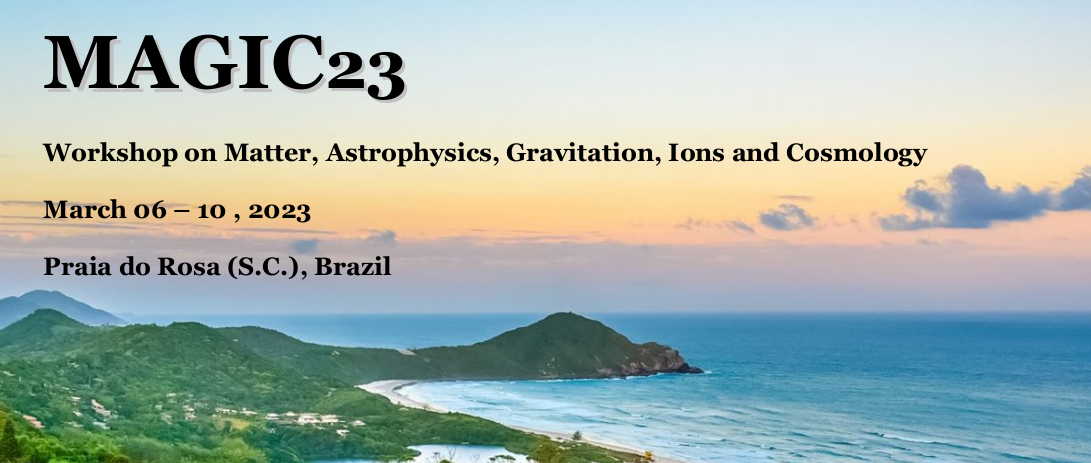Speaker
Description
In this work, we consider the effect of quark anomalous magnetic moment (AMM) in the context of the hot and magnetized two-flavor Nambu—Jona-Lasinio model. Making use of the mean field approximation and the vacuum magnetic regularization (VMR) scheme, we apply the Schwinger ansatz to effectively implement the quark AMM. To this end, we consider two sets of constant AMM parameters with high and low values, chosen in such a way as to reproduce the magnetic moments of the proton and the neutron. When applying the low AMM value, we observe the usual magnetic catalysis in the effective quark masses. On the other hand, a high value of quark AMM induces a small window, for eB < 0.1GeV$^2$ , where the pseudocritical temperature decreases as a function of the magnetic field accompanied by an incomplete restoration of the chiral symmetry. For both values of quark AMM we observe the magnetic catalysis at T = 0, a smooth crossover transition at high temperatures and the absence of oscillations in the pseudocritical temperature as a function of the magnetic field. These results, mainly for a high quark AMM value, are in contradiction with most applications of the quark AMM with NJL model which, in general, ake use of non-VMR schemes.
William R. Tavares é bolsista de pós-doutorado FAPERJ (FAPERJ postdoctoral fellow)

